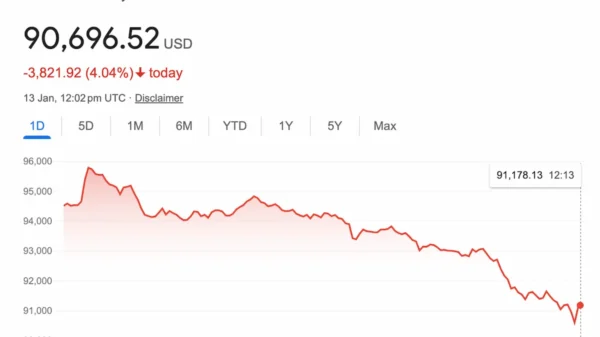Select EBITDA Calculation Method
EBITDA Margin: 0%
What is EBITDA?
EBITDA stands for Earnings Before Interest, Taxes, Depreciation, and Amortization. It’s a measure that helps show how much profit a company makes from its core operations without including expenses like taxes, interest, and depreciation.
Understanding EBITDA
EBITDA helps you see how much profit your business generates from its core activities. By excluding expenses like taxes, interest on loans, and equipment depreciation, it highlights your true earning power.
Why Use This Calculator?
Our calculator simplifies the process, allowing you to focus on essential financial metrics without the clutter of additional costs. It’s a valuable tool for investors and business owners who want a clear view of operational success.
How It Works
Choose your starting point:
- From Net Income: Add back interest, taxes, depreciation, and amortization.
- From Operating Profit: Add back depreciation and amortization.
Enter your figures based on your chosen method and click “Calculate.” You’ll receive your EBITDA and the EBITDA Margin.
Step-by-Step Explanation for Calculating EBITDA:
Choose Your Starting Point:
You have two options to calculate EBITDA, depending on what information you have available:
From Net Income:
Start with your company’s net income, which is the profit remaining after subtracting all expenses, taxes, and costs. To calculate EBITDA from net income, you will need to add back:
Interest: This is the cost you paid for borrowing money, such as interest on loans or other debts.
Taxes: This refers to the amount paid to the government based on earnings.
Depreciation: This is the reduction in value of your tangible assets (like machinery, equipment, etc.) over time.
Amortization: This refers to the gradual reduction in value of intangible assets (like patents, trademarks, etc.).
By adding all these items back to net income, you remove their effects, and what’s left is EBITDA—a measure of profit from core operations, unaffected by financial or tax structures.
From Operating Profit:
If you have your operating profit (also known as EBIT, which stands for Earnings Before Interest and Taxes), you’re already partway there. Operating profit tells you how much profit your company has made from its core business activities, before considering any interest or tax expenses.
To calculate EBITDA from operating profit, all you need to do is add:
- Depreciation: The loss in value of physical assets over time.
- Amortization: The spreading out of the cost of intangible assets over their useful lives.
Adding these two items to operating profit results in EBITDA, giving you a clearer picture of your business’s earning power without the effects of accounting and financing decisions.
Enter Your Figures and Calculate:
Once you’ve decided which method to use—starting from Net Income or from Operating Profit—you can enter the appropriate figures into the calculator. After entering all the values, click on “Calculate” to find out:
- EBITDA: This will show how much your business makes from its main operations.
- EBITDA Margin: This is a percentage that indicates how efficiently your business is converting revenue into profit. It’s calculated by dividing EBITDA by Total Revenue and then multiplying by 100.
What Is EBITDA Margin?
EBITDA Margin is the percentage of your revenue that converts into EBITDA. A higher margin indicates greater efficiency in generating earnings from your operations.







































